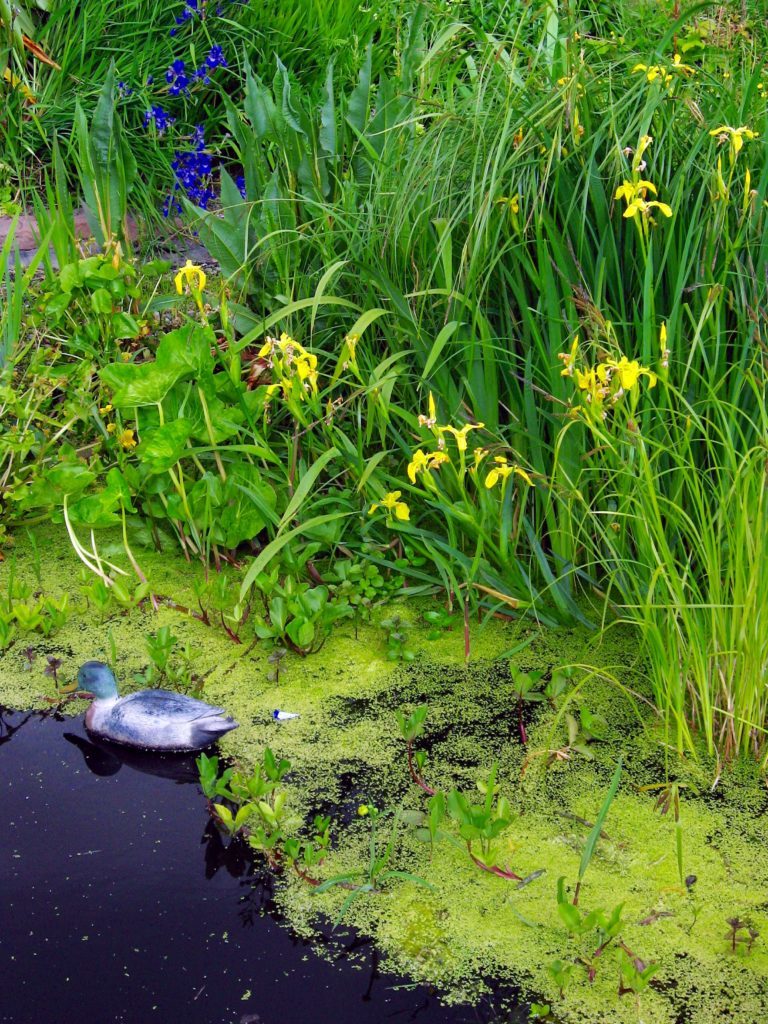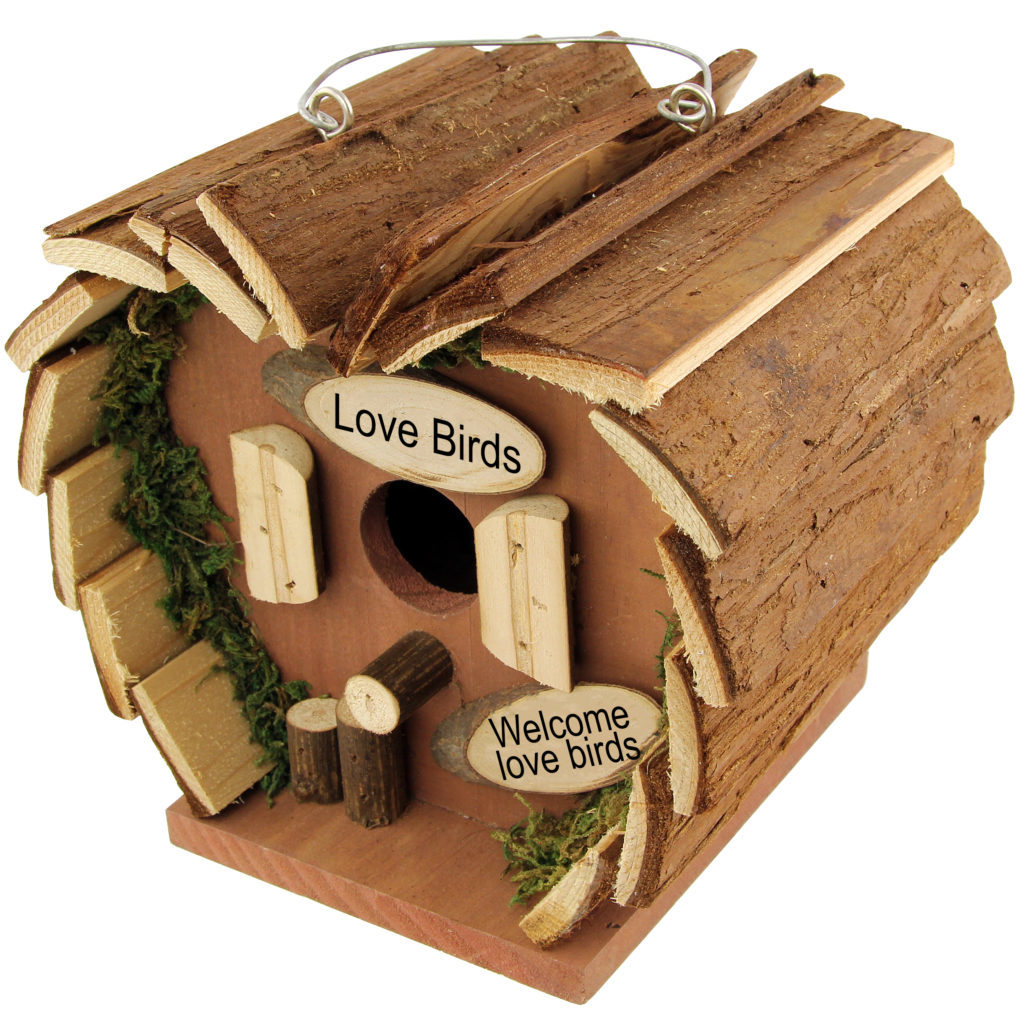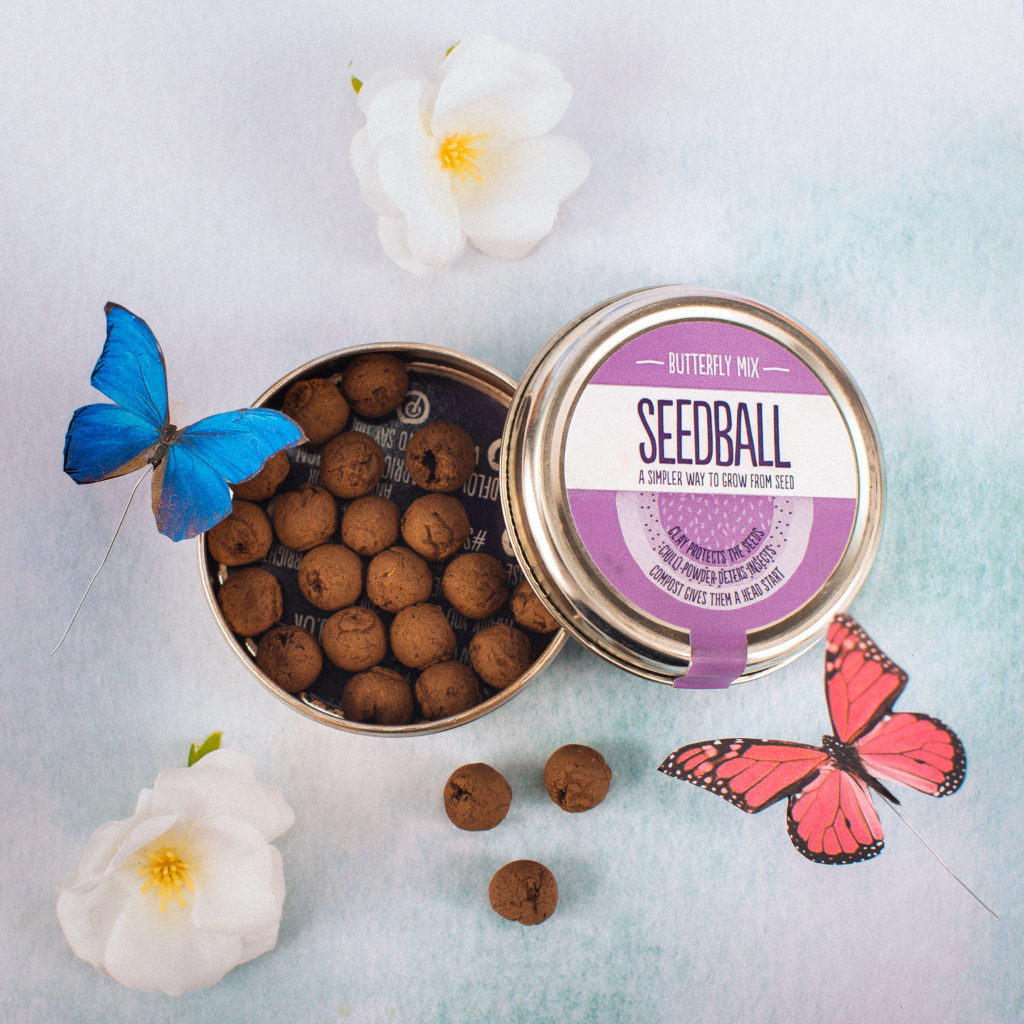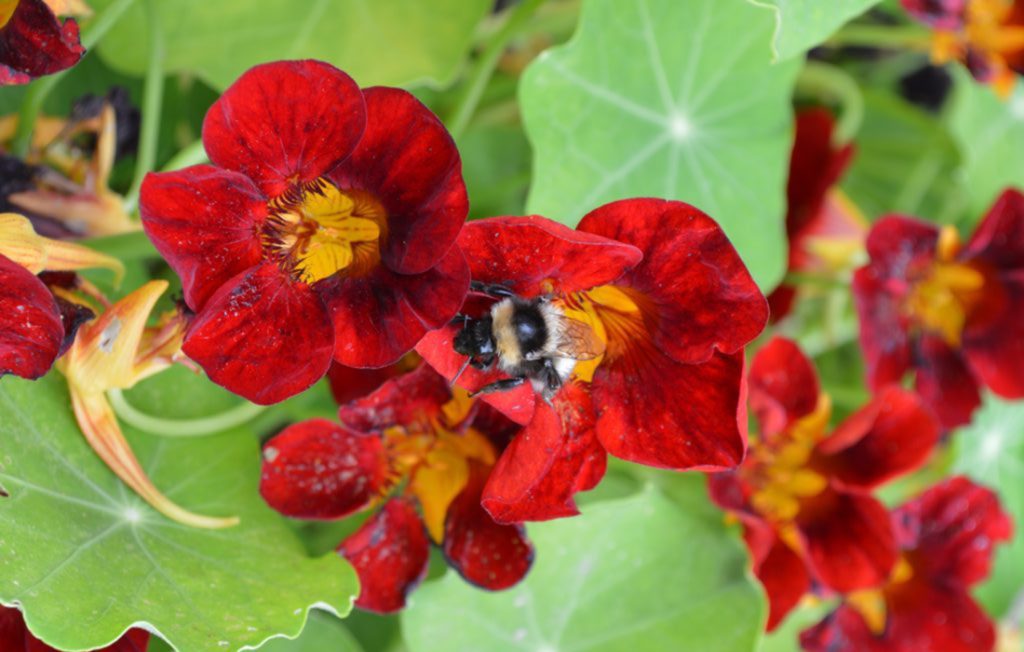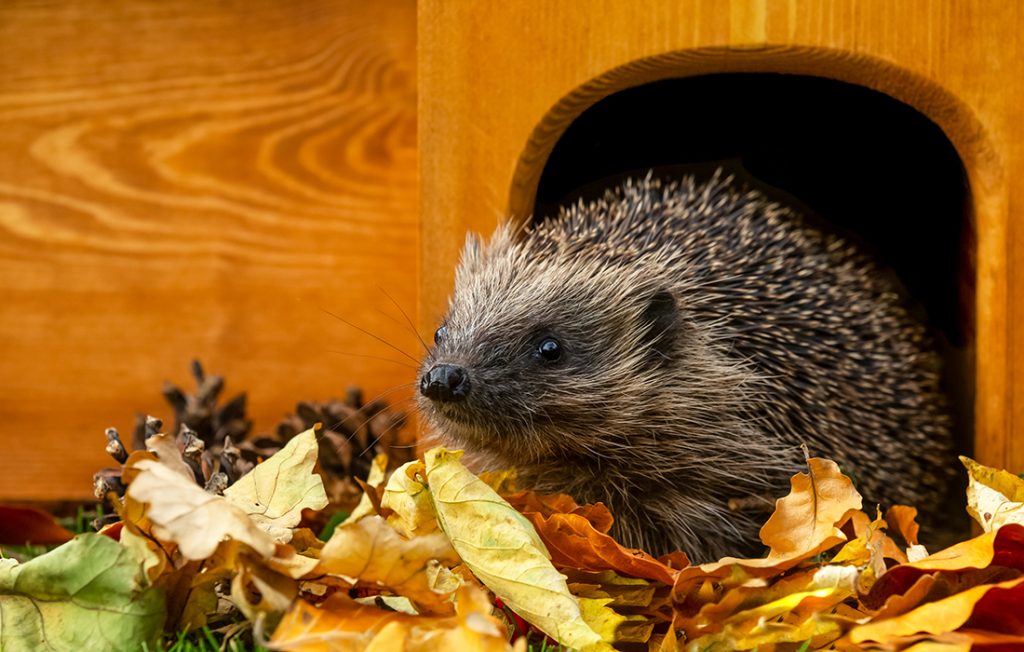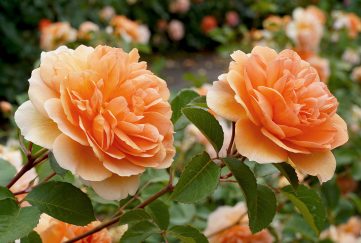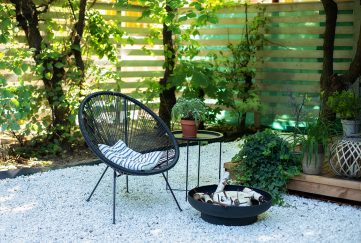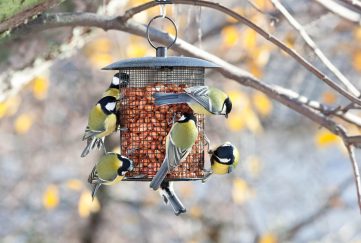10 Ways To Make Your Garden A Wildlife Haven
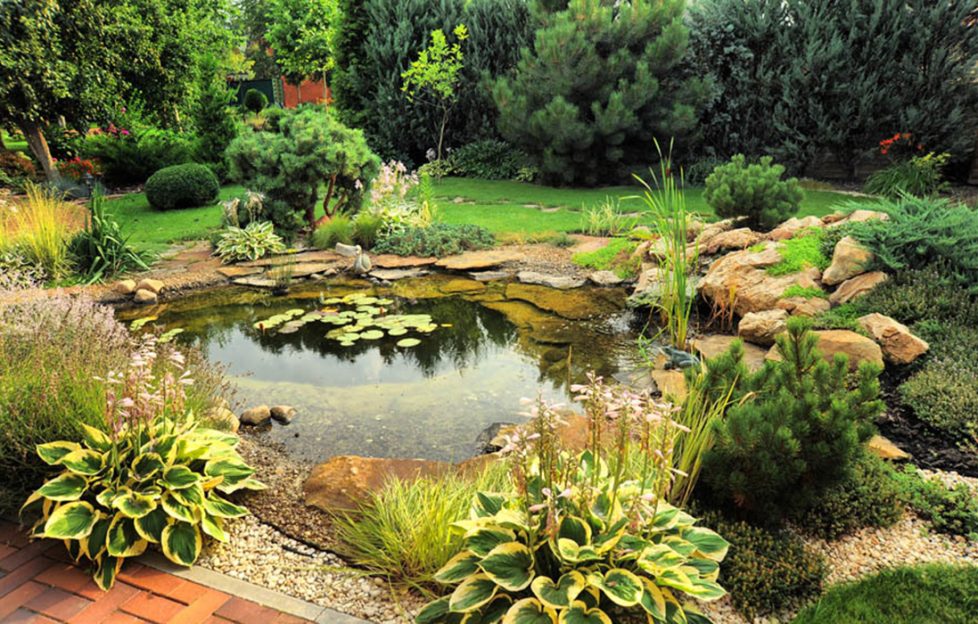
On World Wildlife Day (March 3) and beyond, Green-fingered Brits are being urged to support the natural environment by turning their humble outdoor space into a wildlife garden.
We asked the garden experts behind online retailer BillyOh.com for their simple tips on how to turn any garden into a haven for the UK’s birds, small mammals and insects.
Turning your garden into a wildlife haven doesn’t have to cost an arm and a leg, nor does it require acres and acres of land – even the smallest gardens can offer plenty of variety and potential.
Your humble patch of garden can easily offer the perfect refuge for a variety of birds, mammals and insects if you make a few simple tweaks to encourage the creatures in.
A spokesperson for BillyOh.com said: “Many people think that because they only have a small plot of land or they live in a built-up area, there’s no way of attracting UK wildlife to their gardens.
“In actual fact, there are a number of things you can do that are all simple and cost-effective and are sure to bring birds, small mammals and a variety of insects flocking to your yard.
“From building nifty little insect hotels to simply planting the right plants, your garden can become a wildlife haven in no time.”
10 tips to make a wildlife garden
1. Build an insect hotel
Find a quiet spot and pile up rocks, bricks, logs, twigs and leaves – then leave it alone and try not to disturb it. This mini monument can quickly become home to all sorts of insects such as beetles and spiders.
2. Get a compost bin
Compost bins use up food waste and feed your soil, but they also become the perfect habitat for worms, frogs, fungi, woodlice, spiders and even grass snakes! Put raw food waste in – unless you have a bin that keeps rats out, then you can put cooked food waste in too – and turn it every week with a fork. The compost can take anything from a few months to a year to be ready, and then you’ll be able to spread it across your plant beds.
3. Create a pond
Ideally, it would be best to dig a proper pond, but if you can’t, bury a shallow bucket or stone basin. It should be filled with rainwater and you should build it in a part-sunny, part-shady spot so it doesn’t go stagnant. Make sure it has at least one sloping side to allow creatures an easy way out, or you can line the pond with stones. Ideally, you shouldn’t introduce any fish to a pond that has primarily been built for wildlife as they’ll eat anything that moves, but you can grow waterlilies in it to keep it oxygenated.
4. Set up a bird box and feeder
There are plenty of bird boxes and feeders on the market to suit all styles and budgets. Whichever you decide on, make sure you set it up near a dense bush so small birds like blue tits can dart in and out, but place it strategically so that it’s out of reach of predators. Put out protein-rich feed, such as fat balls, in the spring when birds are feeding their young, and switch to seeds in the winter.
5. Scatter wildflower seeds
You can create your own little meadow by scattering wildflower seeds in a corner of your garden or a dedicated flower bed. They’re great for insects, are low maintenance, and look gorgeous too, often with a mix of annual wildflowers such as poppies, Nigella, corn marigolds and annual grasses.
6. Allow a patch of grass to grow longer
Simply allowing a small patch of your grass to grow longer than the rest will provide shelter for small mammals like mice, voles and shrews, as well as food for some butterfly caterpillars.
7. Don’t be too tidy
We all enjoy a well preened and maintained garden but going easy on some areas can help attract wildlife to your backyard. This doesn’t mean you have to leave your garden to evolve into a jungle, but well-placed piles of leaves and twiggy debris can provide both food and habitat for many species. If you leave perennials uncut over the winter, their hollow stems can become shelter for hibernating insects – so think twice before getting rid of garden cuttings.
8. Plant the right plants
Flowers provide pollen and nectar for bees, butterflies and other insects for fertilisation, so you should try and provide pollen and nectar for as long a season as possible. Grow as many varieties as you can, both native and non-native, to ensure colour from spring through into autumn too. Avoid too many highly-bred cultivars with big and blowsy or double flower, most of which contain little to no pollen or nectar.
9. Don’t forget about trees, shrubs and climbers
Your garden needs different levels to suit the different creatures – plus visually, it’s more interesting. As well as providing food in the form of flowers, fruit and seeds, they provide shelter and nesting sites for garden animals.
10. Adapt your fence
There’s no point turning your backyard into a wildlife haven if some of the creatures can’t get to it. Small animals like hedgehogs and frogs will struggle to find their way in unless you adapt your fence – all you have to do is make sure your fences have gaps at the bottom to allow wildlife to move through from plot to plot.

